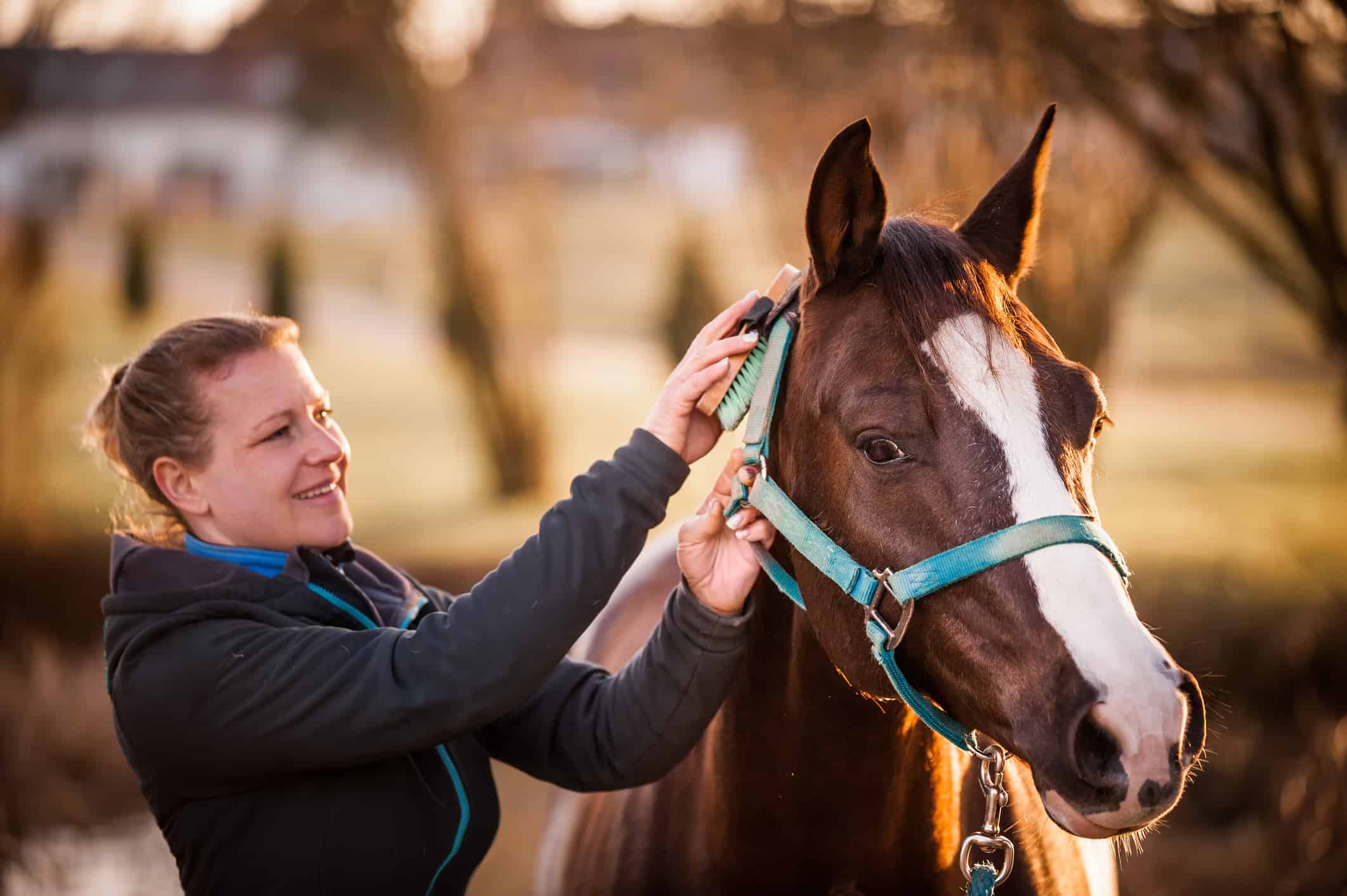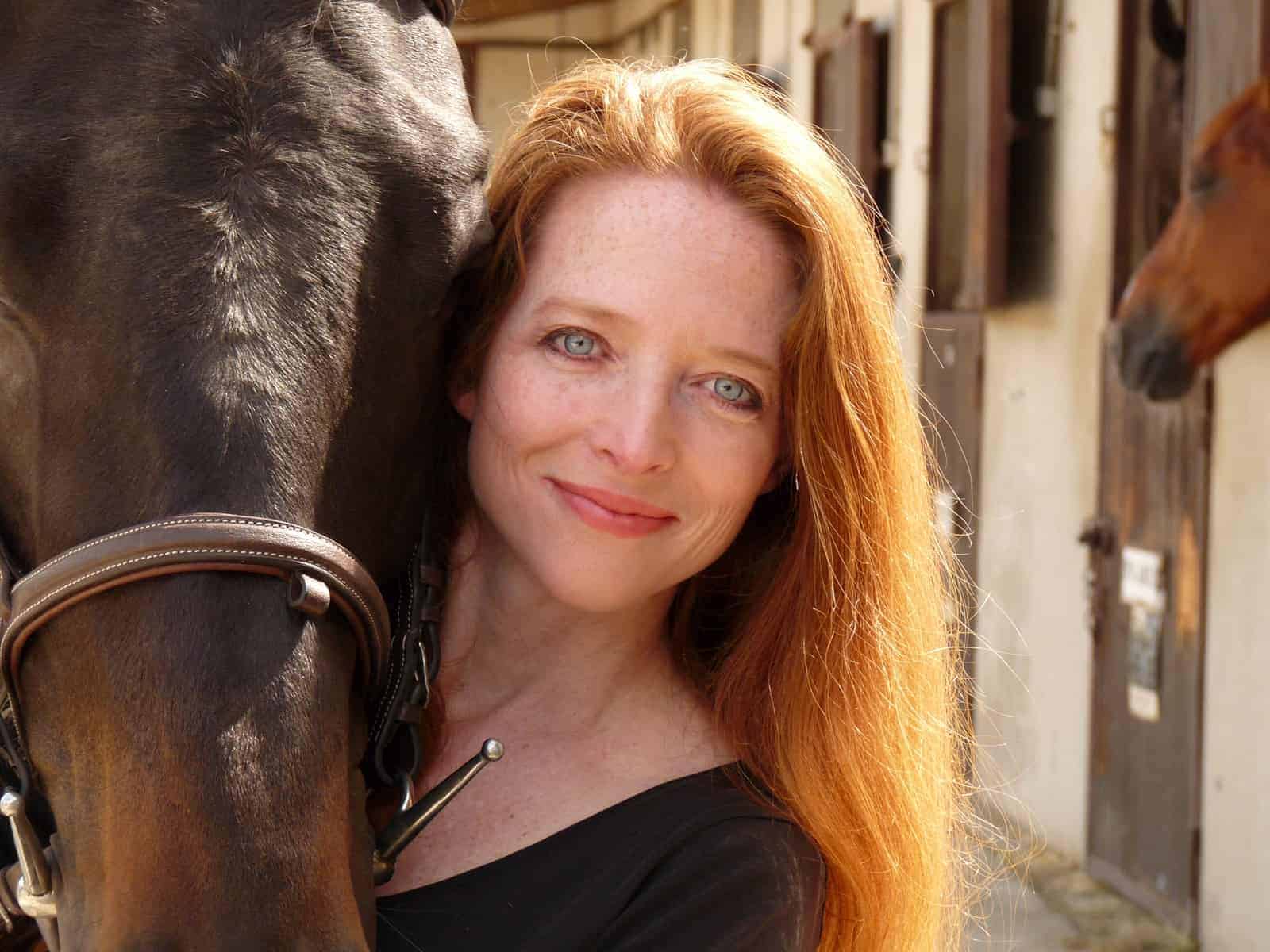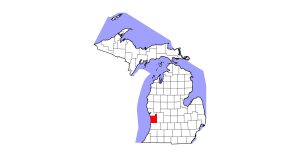Groom Your Horse With His Comfort in Mind

If your horse doesn’t like being groomed, he’s not alone. French researchers recently found that only 5% of horses showed positive behaviors during a standard grooming session. And those that didn’t often demonstrated negative or even dangerous behaviors.
That’s why the same research group developed an “optimized” grooming method that includes massages. Perhaps the most enhanced aspect, though, is incorporating equine feedback—the handlers learned to pay attention to their horses’ signs of comfort and discomfort and to respond accordingly. The result? Optimized grooming led to as many as 177 times more positive behaviors on average per horse per 10-minute grooming session than standard grooming.
“Horses in our study receiving optimized grooming clearly sought contact with the handler and never showed signs of discomfort or defense,” said Léa Lansade, PhD, of the French Horse and Riding Institute and the National Institute for Agricultural Research’s behavior science department, in Tours
Create a free account with TheHorse.com to view this content.
TheHorse.com is home to thousands of free articles about horse health care. In order to access some of our exclusive free content, you must be signed into TheHorse.com.
Start your free account today!
Already have an account?
and continue reading.

Written by:
Christa Lesté-Lasserre, MA
Related Articles
Stay on top of the most recent Horse Health news with















